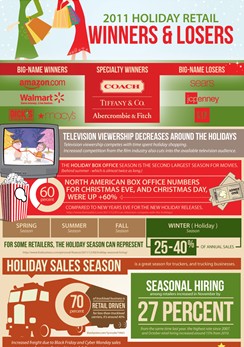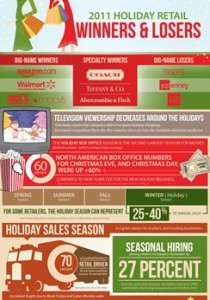A couple of weeks ago, the U.S. House of Representatives made a conspicuously bi-partisan effort to pass the Entrepreneur Access to Capital Act which essentially makes it easier for businesses to raise capital through crowdfunding.

Crowdfunding is a relatively new form of raising money. By tapping into the extensive reach of the internet, prospective recipients can pitch their ideas to a large group of people, who, if interested will respond by donating a small amount money. Though a select group of aspiring entrepreneurs, small business owners, and artists and musicians, have been using crowdfunding to finance various projects for several years now, currently the money raised through crowdfunding is not typically repaid. Recipients instead may offer their investors a specified item or service in exchange, such as a free sample of their product or an advance copy of a CD.
If the new legislation moves through the Senate, then it will allow businesses to use crowdfunding to sell unregistered securities as long as the total amount raised is $2 million or less. The bill would then limit individual investments in crowdfunded securities to $10,000 or 10 percent of the investor’s annual income.
So the million dollar question is if this legislation will help spur small business growth and activity and provide a much needed lift to our economic doldrums as many are hoping.
Though I hate to sound pessimistic, there are a couple of problems over here. The first is that the majority of small businesses are not looking for so much financing these days. There is a big misconception that part of the reason for the slow down in the small business sector is due to the decreased availability of business loans and lines of credit. Banks and commercial lenders aren’t so keen on lending these days, so entrepreneurs can’t start up their ventures and small business owners can’t operate and grow their businesses.
Sounds plausible, except recent research, such as the National Small Business Association’s Economic Trends report released this month, seems to tell a different tale.
According to the survey, poor sales remain a top business problem among 26 percent of small business owners where as the vast majority of businesses seem to be satisfied with the level of financing they are currently receiving:
Four percent of owners reported financing as their most important business problem… Ninety-one percent reported that all their credit needs were met or that they were not interested in borrowing. Nine percent reported that not all of their credit needs were satisfied, the record low is 4 percent reached in 2000.
Second, crowdfunding will likely go the way of peer-to-peer lending, albeit on a bigger scale. It is safe to assume that should the legislation be approved, then services will quickly pop up matching those looking for money with individual investors looking for something different to give them a nice return.
Sounds great, except if you take a look at the two major sites for peer-to-peer lending, lendingclub.com and prosper.com, you’ll notice that only a small percentage of “creditworthy” borrowers are even allowed to put in a request. That is, these are the kinds of people who could probably get traditional financing anyway.
Crowdfunding for businesses will be no different. The more “high risk” a business (or its owner) appears, the less chance it will be eligible to raise money through a professional crowdfunding service.
What it may do however, is make it easier for creditworthy businesses and entrepreneurs to raise money without having to jump through all the hoops needed for a bank loan (especially if the sought after loan is backed by the SBA).
Thus, a formal crowdfunding option may not be the knight in shinning armor some are hoping for, but with the economy still down in the dumps, it’s better than nothing at all.















